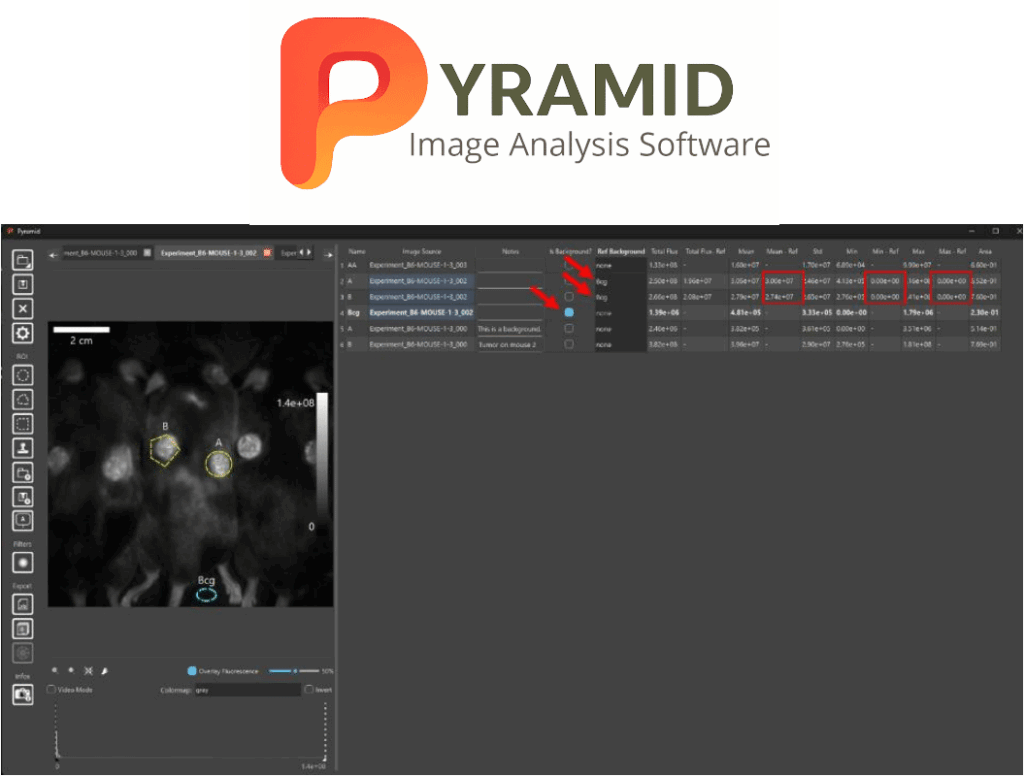Advances in In Vivo Bioluminescence Imaging
The PRISM™ BIO-BOX for in vivo bioluminescence imaging has the best price to performance ratio on the market today. The faint autoluminescent noise of living animals is between 1,000 to 150,000 photons/s/cm²/sr, depending on tissue type, oxidative stress, diet, anesthetic, and temperature of the animal. The most important requirement for in vivo BLI is to image within this threshold so as to not miss small bioluminescent tumors with emissions close to the threshold. Finally, there is now a highly economical solution for imaging bioluminescent signals (weak or strong) of five mice; MediLumine’s PRISM BIO-BOX, powered by the the new SONY IMX428LLJ sensor.
Low Dark Noise and Long Exposures Matter for In-Vivo BLI
Bioluminescence imaging is fundamentally different from fluorescence: There is no external light source — the entire signal originates from within the tissue. As a result, long exposure times are essential to integrate enough photons for reliable detection. But during these long exposures, even a small amount of camera-generated noise (dark noise) can compete with or mask weak biological signals.
PYRAMID Analysis Software
Pyramid analysis software is an intuitive imaging software designed to help you visualize, explore, and analyze your experimental data with ease. It has been optimized to work with data from the PRISM imaging platform, including bioluminescence, fluorescence and SWIR modalities. Pyramid lets you load multiple images, draw and adjust regions of interest (ROIs), and instantly see key statistics.

Applications
The PRISM BIO-BOX is a bioluminescence-only imaging system designed for the sensitive detection of low-light signals across a variety of preclinical and in vitro applications. It is ideally suited for imaging autoluminescent bacteria in microbiology studies, monitoring tumor development in mice, exploring light-emitting pathways in plants, performing cell culture imaging, and serving as a flexible alternative to traditional plate readers for luminescence-based assays. With its capacity to detect extremely low photon flux levels, the system supports researchers working with weak bioluminescent signals in both live animal and in vitro models.
*pricing may vary outside Canada and USA